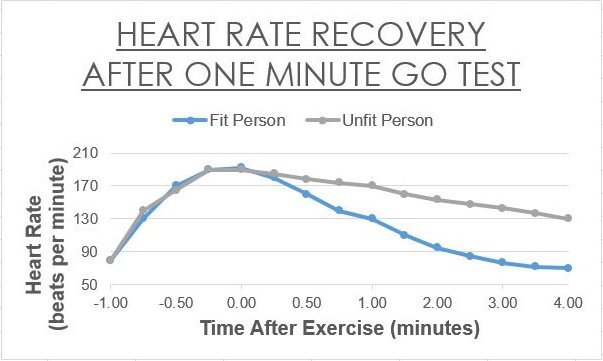High Fives (Deux)
1) This week we revisit our January 5 profile.
Five-minute efforts remain our primary focus. Please drop a line if you recorded both rides with a fitness tracker or Strava. Has anything changed in the last two months? Resting heart rate? Recovery heart rate? Heart rate range? Don’t be passive progressive:)
2) This week’s playlist consists of longer songs that allow us to pedal for five minutes using the same beat. Pedal diversity is essential, so we’ll vary the drills for each effort.
3) I keep copious notes on each class, called profiles, to help keep us on track. Occasionally, I share these notes with new instructors — trying to nudge them toward digital note-keeping. Is anyone else a fan of EverNote?
4) Breath control is the hidden goal of these five-minute efforts. The whole, lose your breath every song thing is over now. In what other fitness classes are people always resting every two minutes? The notion of low-intensity, steady-state intervals are currently all the rage We’ve talked about zone two work incessantly. Now that you know your FTP, take some time to work in zone 2. That’s how you build your base.
“LISS (low-intensity, steady-state) is a training style that involves performing a cardio activity at a low intensity for a sustained period. ”
Low-intensity work proves to your body that it can produce effort without heavy exertion. Thus, it increases your aerobic capacity and decreases the need for excessive recovery.
HOW MUCH RECOVERY?
5) One’s ability to regain their breath after exertion, dubbed recovery heart rate (or heart rate recovery), is a meaningful metric to understand. Studies show an individual’s fitness level is a critical factor in keeping recovery heart rate manageable.
Recent versions of the Apple Watch allow you to update your heart rate zones. The Apple Watch isn’t tailored toward athletes or folks who spend hundreds of dollars per month on gym memberships. If you are in zone 4 or 5 for the majority of your ride, you definitely want to personalize your zones.
6) Our banner comes from American (upstate New York) artist Edward Hopper. Hopper’s visits to New York City inspired many of his paintings. He saw the six-day races (a popular indoor cycling event) at Madison Square Garden and Hopper, an avid cyclist in his teens, drew this piece (among other bike drawings). Hopper’s trajectory as an artist is a unique one. He switched mediums from drawing to painting, and his life and artistic style changed. [Learn more about Hopper via this YouTube]
6) A few years back, the Whitney Museum had an exhibition on Hopper. He was raised in Nyack, New York — his home serves as a museum to his work.
7). Great weather is expected this week—in the 70s! With daylight savings time starting, it’s definitely time to complement our indoor work with some outdoor efforts. You don’t have to be on a bike—just get outside!
8) In the cycling world, it’s Strade Bianche. Cycling through the white sands of Tuscany in Italy. It doesn’t get much better. The women’s race was a classic master versus the protege battle. The master, a retired champion rider who turned to coaching, versus her star pupil who has dominated cycling in the last two years. The last kilometer was a thrilling watch.
9) Continuing our overview of different types of cyclists, this week it’s the grimpeur — the French word for ‘climber.’ The grimpeur adheres to the cycling adage that all you need to ride are legs and lungs. Their light weight means they don’t have to generate as many watts to pedal uphill swiftly. The climbers don’t do well on cobblestones. The puncheurs rule the one-day races, like the ones we see in March and April. The longer, in days, the race, the more significant the advantage for the climbers. The 21 statge, grand tours are dominated by the grimpeurs.

